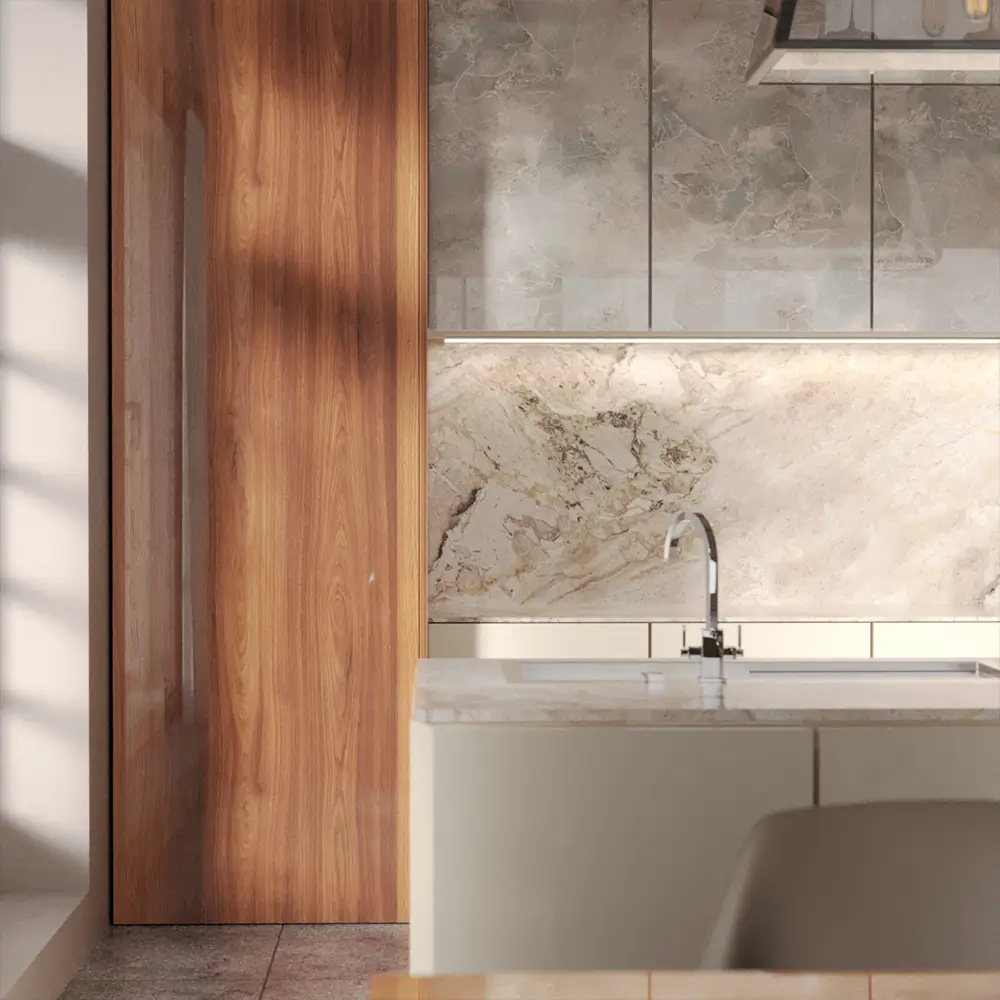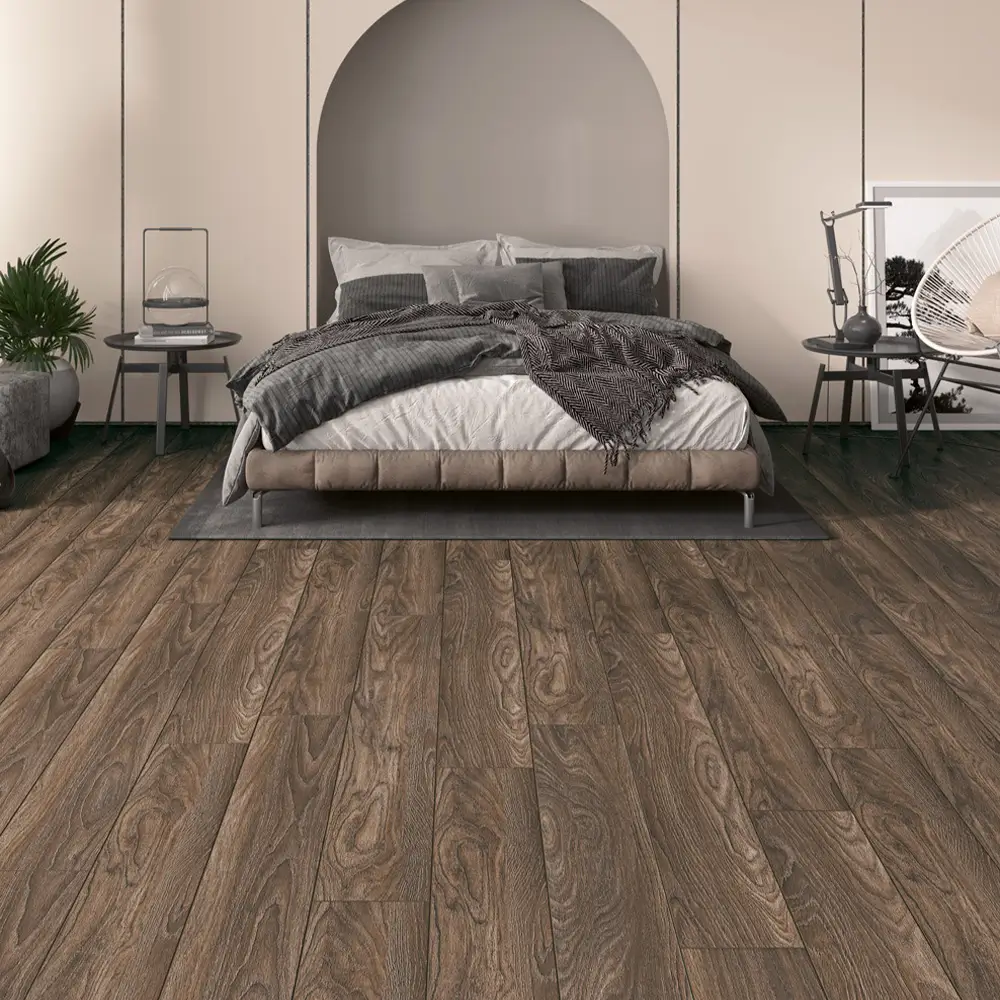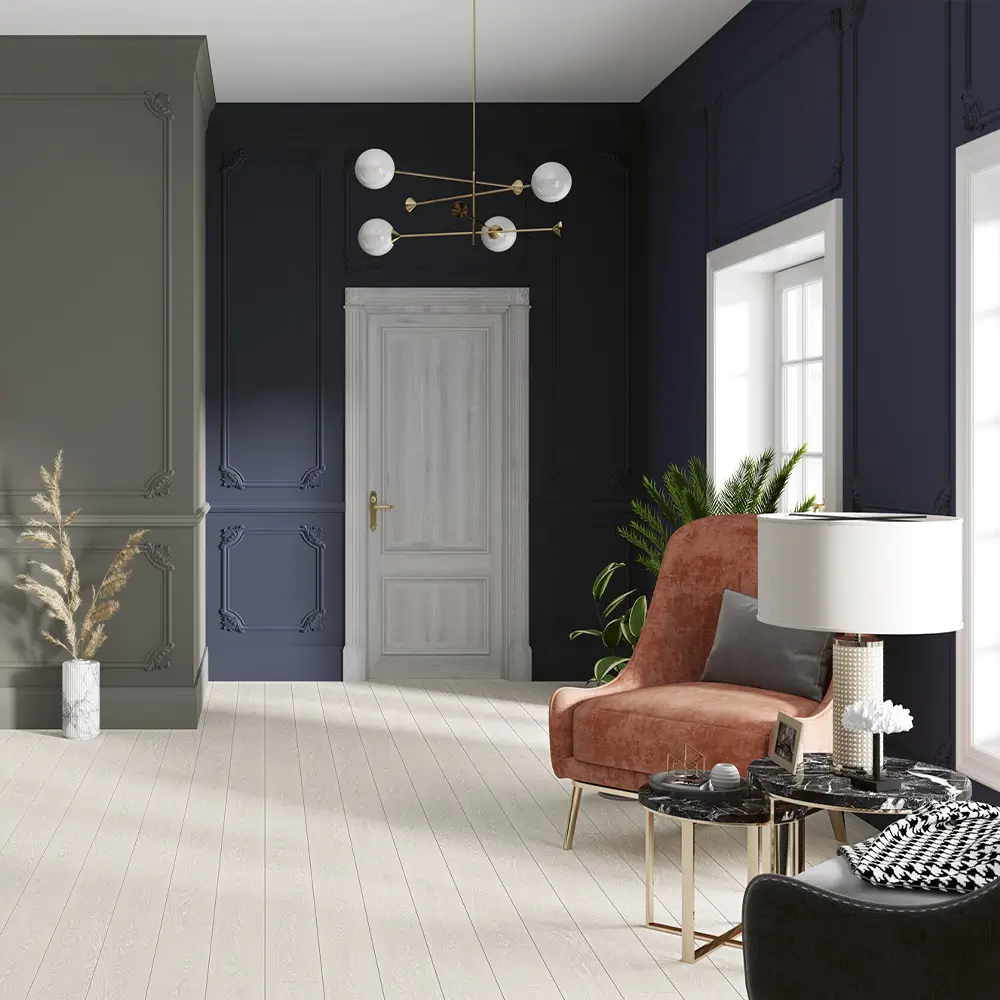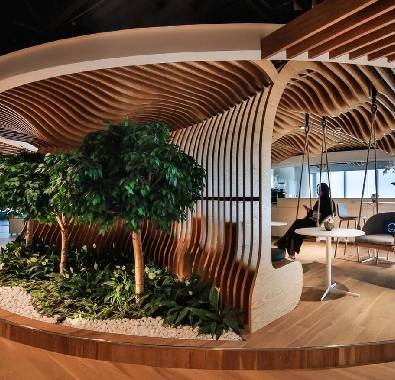
Category
inspiring ideas
inspiring ideas
The longing for nature is increasing day by day. The design world is aware of this need and produces benefits for people. Thanks to biophilic design integrated with nature, human beings meet nature again.
Due to the industrial cities we live in, the human longing for nature is increasing day by day. Therefore, in many areas, returning to nature meets people as a trend, an idea or a need. The reflection of the longing for nature in architecture is manifested in the biophilic design approach.
This design was born out of the concept of "biophilia" introduced by the famous biologist Edward Osborne Wilson.
Biophilia
stands for the love of life or the love of living systems. It suggests that human beings are instinctively connected to all other life systems. Today, the concept of
"biophilia"
is gaining value day by day due to the growing urbanization and the continuous increase in migration to cities.
What is the Purpose of Biophilic Design in Architecture?
Today, with the rise of technology, people in over-industrialized cities are losing their fundamental connection to nature.
Biophilic design
is an innovative direction that aims to re-establish this connection. By adopting this approach, nature is deliberately incorporated into the design, trying to re-establish the lost connection. Living systems are brought into living spaces and the aim is to eliminate the need to leave the city to feel nature.
What are the Effects of this Design on Human Life?
When human beings are deprived of the need to interact with the nature that is in their minds, there is a detachment from their essence. While this deprivation comes back to people's lives as a physical disadvantage, some psychological effects such as stress and difficulty focusing can also affect quality of life. People who are able to keep their ties with nature intact not only recover faster from health problems, but also have a high level of motivation, which increases their quality of life and productivity in their work.
According to the researches, the aforementioned design practices increase productivity in offices by 8%, while providing a 13% increase in making employees feel better about themselves. All of this fosters creativity and helps employees to maintain attendance at work.
Design ideas for this trend applied in educational structures can achieve much more effective results. A 20% - 25% increase in learning is considered a biophilic design effect.
One Step Beyond: Biophilic Cities
A biophilic city
should not only be a biodiverse city. At the same time, these cities should also be buildings that are compatible with natural systems and where designs and plans that take some lessons from nature are realized together with nature. These cities not only protect nature and all natural elements, but also help to heal damaged elements over time. According to Timothy Beatley, who has been working on sustainable societies for a long time, green approaches in cities focus primarily on transportation, renewable energy and energy efficient buildings, while leaving nature completely out of the process. "These elements improve the image of the city, but they are not enough. People need to be connected to the natural world. For a sustainable urban future, we need to focus on nature and appreciate natural life forms.”
One of the most important architectural works that emerged with this understanding, the Bosco Verticale in Milan, was examined in the last months as part of the "City of the Month Milan". For a closer look, you can check the related blog. /tr/agacin-izinde/agacin-izinde-bir-yapi-bosco-verticale
Oasis in the Middle of Colorful Architecture: Havana Parks
PREVIOUS
Bauhaus School and Today's Understanding of Design
NEXT


